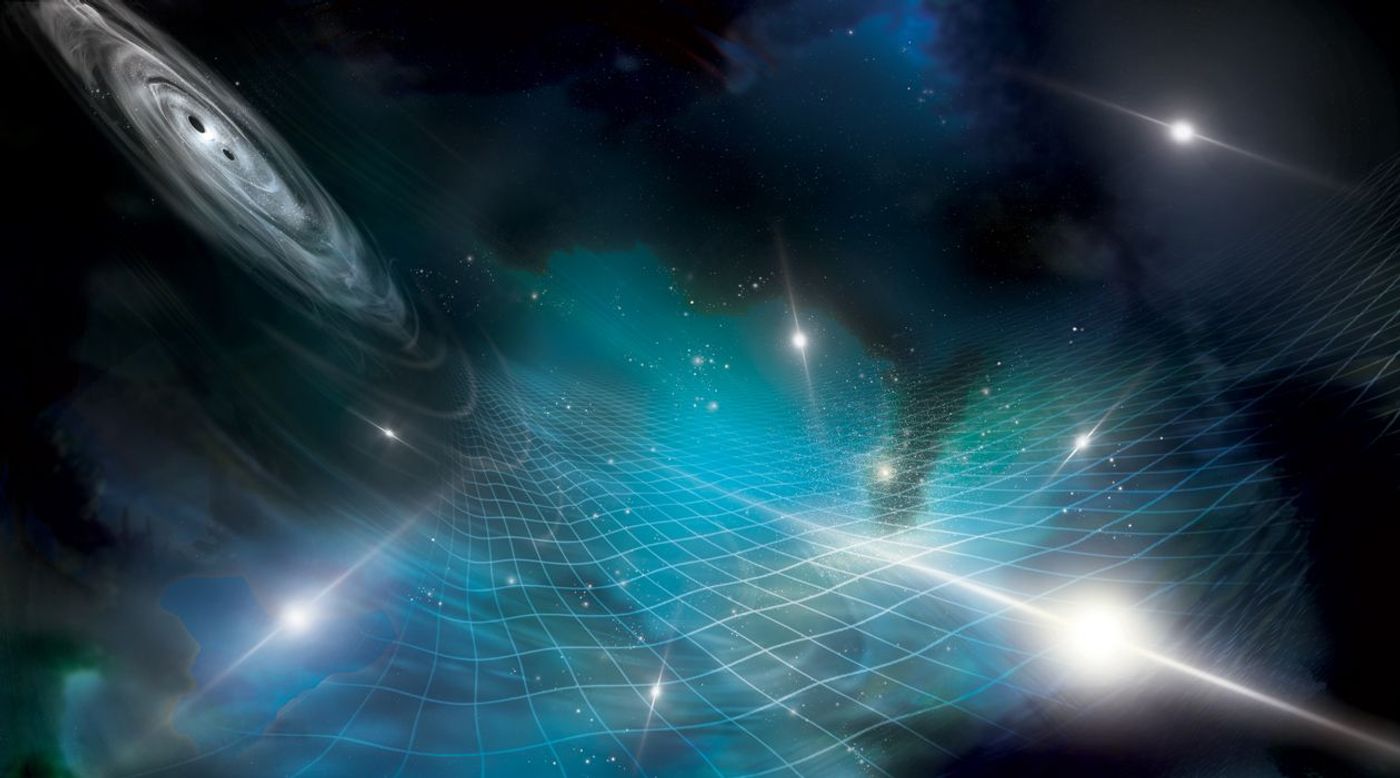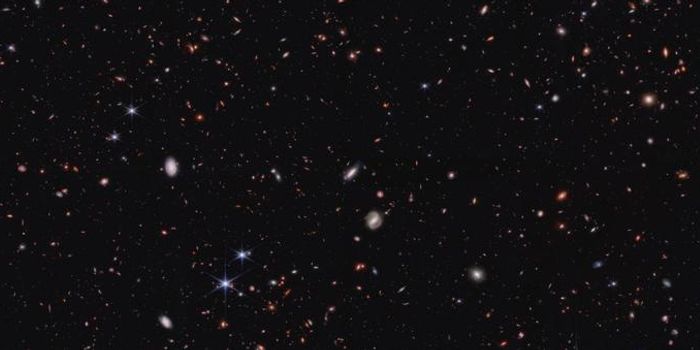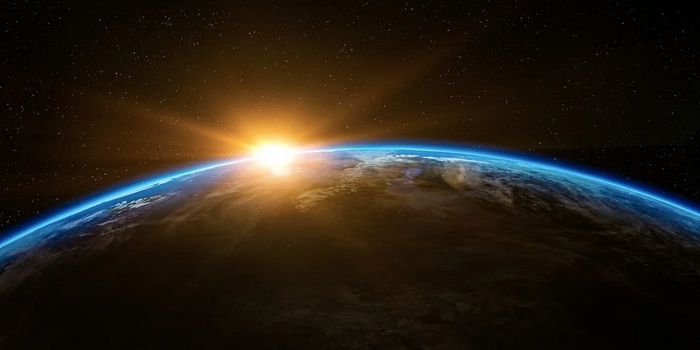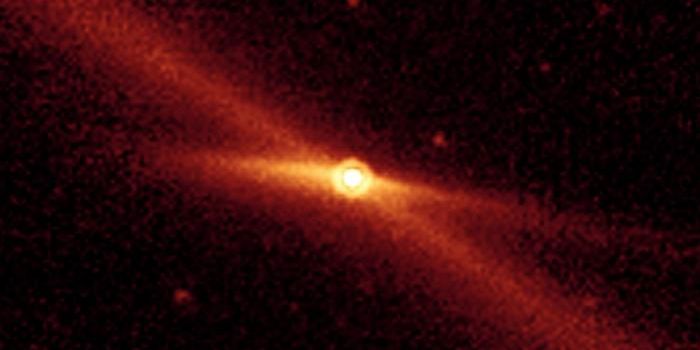New Insights into Gravitational Waves from 15 Years of Data
A recent study published in The Astrophysical Journal Letters examines new insights into gravitational waves from 15 years of data from pulsars. The study was carried out by 190 scientists from around the world and holds the potential to help scientists better understand the formation and evolution of supermassive black holes that exist at the center of galaxies like the Milky Way.
“It's incredibly exciting to have helped open a new window to the Universe,” said Dr. Michael Lam, who is a researcher at the SETI Institute and one of the many co-authors on the groundbreaking study.
For the study, the researchers collaborated with the North American Nanohertz Observatory for Gravitational Waves Physics Frontiers Center (NANOGrav PFC) to gather data on 68 pulsars from across the Milky Way Galaxy using three observatories: The Very Large Array in New Mexico, the Arecibo Observatory in Puerto Rico, and the Green Bank Observatory in West Virginia.
The data collected from these pulsars could help scientists better understand the theory of general relativity that was first proposed by Dr. Albert Einstein in 1916. This theory states that gravitational waves influence the timing of pulsar signals through the deformation of spacetime, causing some pulsar signals to become delayed while others speed up. The longstanding hypothesis is that there is a correlation between pulsar timing shifts and the angular separation of the two stars in the sky.
"The extensive array of pulsars analyzed by NANOGrav has empowered us to witness the initial signs of the correlation pattern foreseen by general relativity," said Dr. Xavier Siemens, who is co-Director of the NANOGrav PFC and another one of the many co-authors on the study.
After 15 years of data collection, the team was confident they had confirmed the existence of gravitational waves, which achieved a breakthrough in 2020 when the team detected a mysterious “hum” within the pulsar timings, which could allow scientists to learn more about the formation and evolution of supermassive black holes. After several follow-up observations culminating in 15 years of observations, the team is confident that gravitational wave evidence, with episodes lasting years to decades, is rock-solid.
Artist rendition of gravitational wave ripples created by a supermassive double black hole in a distant galaxy affecting a series of pulsars. (Credit: Aurore Simonnet for the NANOGrav Collaboration)
"With the confirmation of gravitational waves, our next objective is to employ these observations to scrutinize the sources generating this celestial hum,” said Dr. Sarah Vigeland, who is an assistant professor at the University of Milwaukee-Wisconsin, and another one of the many co-authors on this study. “One possibility is that the signal emanates from pairs of supermassive black holes, each with masses surpassing millions or billions of times that of our Sun. As these colossal black holes orbit each other, they produce low-frequency gravitational waves."
Next steps include continuing these observations to further solidify the 15 years of data, which could also help scientists gain future insights into the processes behind merging black holes and possibly even the Big Bang, as a fraction of these signals could indicate the gravitational wave ripples are emanating from the Big Bang.
What new discoveries will scientists make about gravitational waves in the coming years and decades? Only time will tell, and this is why we science!
Sources: The Astrophysical Journal Letters, LIGO Caltech, SETI Institute, EarthSky, ScienceAlert, Cosmos
As always, keep doing science & keep looking up!









